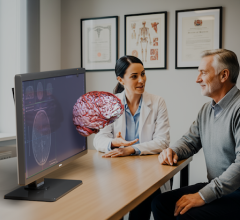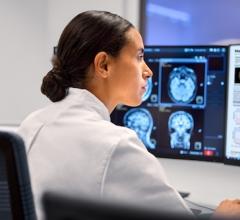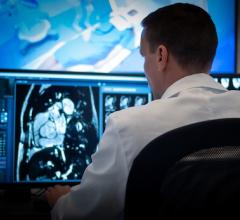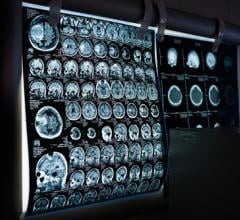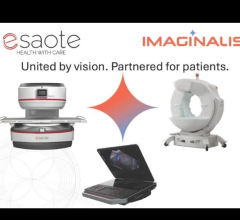January 10, 2008 - Scientists used magnetic fields and tiny iron-bearing particles to drive healthy cells to targeted sites in blood vessels in animals to develop a new method of delivering cells and genes to repair injured or diseased organs in humans, in a study which was published in Proceedings of the National Academy of Sciences on Jan. 7, 2008.
The study team, led by Robert J. Levy, M.D., the William J. Rashkind Chair of Pediatric Cardiology at The Children’s Hospital of Philadelphia, with engineers from Drexel University and Duke University, loaded endothelial cells, flat cells that line the inside of blood vessels, with nanoparticles, tiny spheres nanometers in diameter. The nanoparticles contained iron oxide.
Using an external, uniform magnetic field, Levy’s team directed the cells into steel stents, small metal scaffolds that had been inserted into the carotid arteries of rats. The uniform magnetic field created magnetic gradients, local regions of high magnetic force that magnetized both the nanoparticles and the stents, thus increasing the attraction between the particles and their target.
“This is a novel strategy for delivering cells to targets in the body,” said Levy, who added that previous researchers have pursued other, less successful approaches to introduce endothelial cells to diseased blood vessels, in the developing medical field of cell therapy.
Levy’s team created nanoparticles, approximately 290 nanometers across, made of the biodegradable polymer, polylactic acid and impregnated with iron oxide. The researchers loaded the nanoparticles into endothelial cells, which had been genetically modified to produce a specific color that could be detected by an imaging system while the animals were alive. After introducing stainless steel stents into rats' carotid arteries, Levy's team used magnetic fields to steer the cells into the stents.
Patients with heart disease commonly receive metal stents in partially blocked blood vessels to improve blood flow, both by widening the vessels and delivering drugs. However, many stents fail over time as smooth muscle cells accumulate excessively on their surfaces and create new blockages. One goal of cell therapy is to introduce new endothelial cells to recoat stents with a smooth surface.
In upcoming animal studies, Levy’s team will use their delivery approach to deliver magnetic nanoparticles to peripheral arteries. The delivery system, said Levy, might also be applied to other sites where physicians implant steel stents to deliver medication, such as the esophagus, bile ducts and lungs. Another potential use might be in orthopedic procedures, in which surgeons implant steel nails to stabilize fractured bones, or use steel screws to correct spinal abnormalities. In such cases, magnetized nanoparticles might deliver bone stem cells to strengthen bony structures.
“Magnetic fields produced by ordinary MRI machines could suffice to deliver cells to targets where they could promote healing, since MRI uses uniform fields, which are key to our targeting strategy,” noted Levy. “This method could become a powerful medical tool.”
For more information: www.chop.edu
© Copyright Wainscot Media. All Rights Reserved.
Subscribe Now


 December 15, 2025
December 15, 2025 


